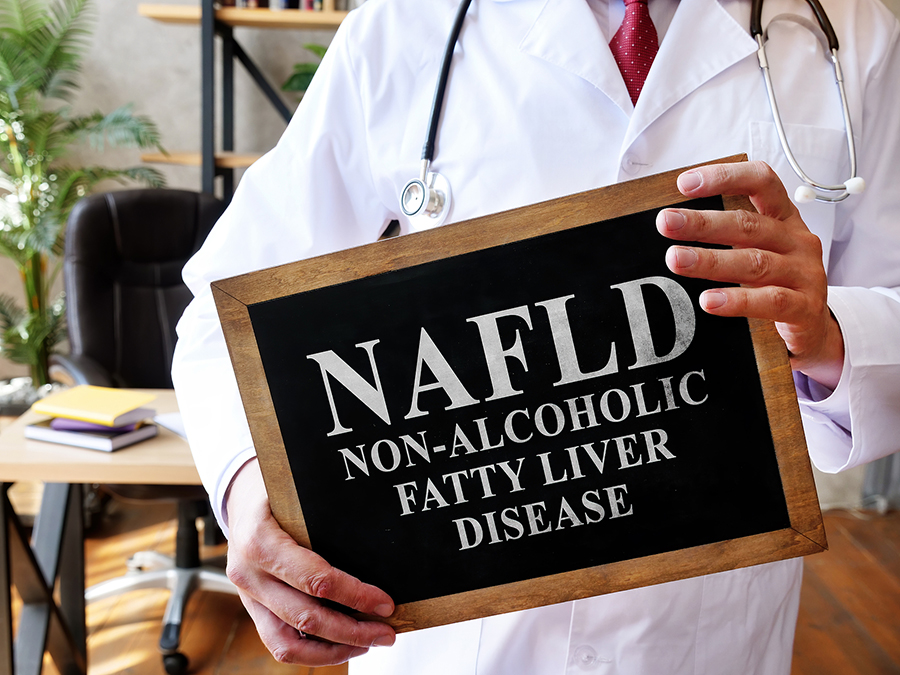 Being overweight is one of the main causes of non-alcoholic fatty liver disease (NAFLD).
Being overweight is one of the main causes of non-alcoholic fatty liver disease (NAFLD).
This makes it confusing when we talk about people with NAFLD being malnourished.
But the malnutrition we’re talking about is the lack of specific nutrients essential for your health — especially liver health.
And this kind of malnutrition is very common in people with NAFLD.
The American College of Gastroenterology has just compiled new guidelines of what to eat to avoid malnutrition if you have NAFLD (you’ll love #2).
Malnutrition is often overlooked as a complication in liver disease.
It can manifest as a shortage of vitamins and minerals — because the liver no longer works well enough to absorb and store them.
Or it appears as an excess of fat storage that destroys the liver.
Given that liver disease patients with malnutrition have much worse health outcomes, the researchers wanted to know what strategies patients could follow to combat malnutrition — and thereby prevent their liver disease from getting completely out of control.
The guidelines were developed by hepatology experts who reviewed numerous studies on the relationship between nutrition and liver disease.
After evaluating the latest research, one of the main takeaways was the importance of early and consistent nutritional intervention.
Let’s have a look at their recommendations:
-
● A late evening protein snack between 7–10 PM helps build lean muscle and offsets the muscle loss that occurs during the night due to starvation mode.
● Coffee consumption (two or more cups daily) can decrease the risk of liver scarring and liver cancer.
● Patients with fatty liver disease whose condition is still under control should take vitamin E supplements — 800 IU daily is recommended.
● Patients should eat small, frequent meals throughout the day to maximize the chance of nutrients being completely absorbed.
● Protein intake should NOT be restricted, even in patients with liver scarring or hepatic encephalopathy — a condition in which toxins build up in the brain because the liver is too damaged to remove them from the bloodstream.
● Vegetable sources of protein are better tolerated than animal protein for patients with hepatic encephalopathy.
● High-fructose and sugary diets should be avoided, as they contribute to liver fat buildup, insulin resistance, and ultimately, liver thickening and scarring.
● Alcohol should also be avoided, even in patients whose liver disease is not caused by alcohol. Given its nutritional emptiness, alcohol can worsen malnutrition in liver disease — much like excessive sugar consumption does.
These are the official guidelines for managing NAFLD.
But I’ve personally witnessed how hundreds (probably thousands by now) of readers have reversed their NAFLD.
Here are the exact steps our readers took to reverse their NAFLD for good…

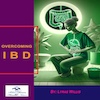 Overcoming IBD
Overcoming IBD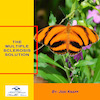 Multiple Sclerosis
Multiple Sclerosis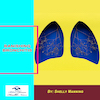 Banishing Bronchitis
Banishing Bronchitis Gum Disease Gone
Gum Disease Gone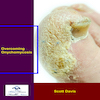 Overcoming Onychomycosis
Overcoming Onychomycosis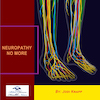 Neuropathy No More
Neuropathy No More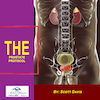 The Prostate Protocol
The Prostate Protocol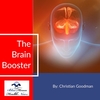 Brain Booster
Brain Booster
 Ironbound
Ironbound
 Solution for Shingles
Solution for Shingles
 The Bone Density Solution
The Bone Density Solution
 The Ultimate Healing Protocol
The Ultimate Healing Protocol
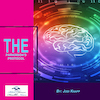 The Parkinson's Protocol
The Parkinson's Protocol
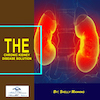 The Chronic Kidney Disease Solution
The Chronic Kidney Disease Solution
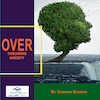 Overthrowing Anxiety
Overthrowing Anxiety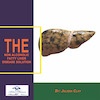 The Fatty Liver Solution
The Fatty Liver Solution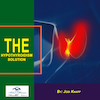 The Hypothyroidism Solution
The Hypothyroidism Solution
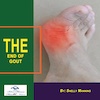 The End of Gout
The End of Gout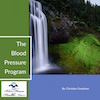 The Blood Pressure Program
The Blood Pressure Program
 The Oxigized Cholesterol Strategy
The Oxigized Cholesterol Strategy
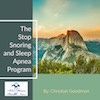 Stop Snoring And Sleep Apnea Program
Stop Snoring And Sleep Apnea Program
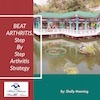 The Arthritis Strategy
The Arthritis Strategy The Vertigo & Dizziness Program
The Vertigo & Dizziness Program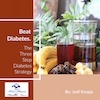 The 3-Step Diabetes Strategy
The 3-Step Diabetes Strategy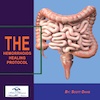 Hemorrhoids Healing Protocol
Hemorrhoids Healing Protocol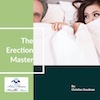 The Erectile Dysfunction Master
The Erectile Dysfunction Master Weight Loss Breeze
Weight Loss Breeze The IBS Program
The IBS Program The Insomnia Program
The Insomnia Program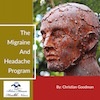 The Migraine and Headache Program
The Migraine and Headache Program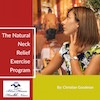 The Neck Pain Solution
The Neck Pain Solution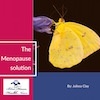 The Menopause Solution
The Menopause Solution The Ejaculation Master
The Ejaculation Master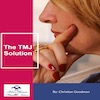 The TMJ Solution
The TMJ Solution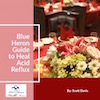 The Acid Reflux Solution
The Acid Reflux Solution The Fibromyalgia Solution
The Fibromyalgia Solution The Psoriasis Strategy
The Psoriasis Strategy